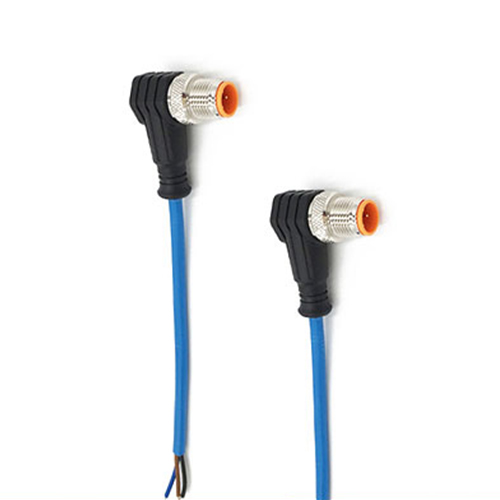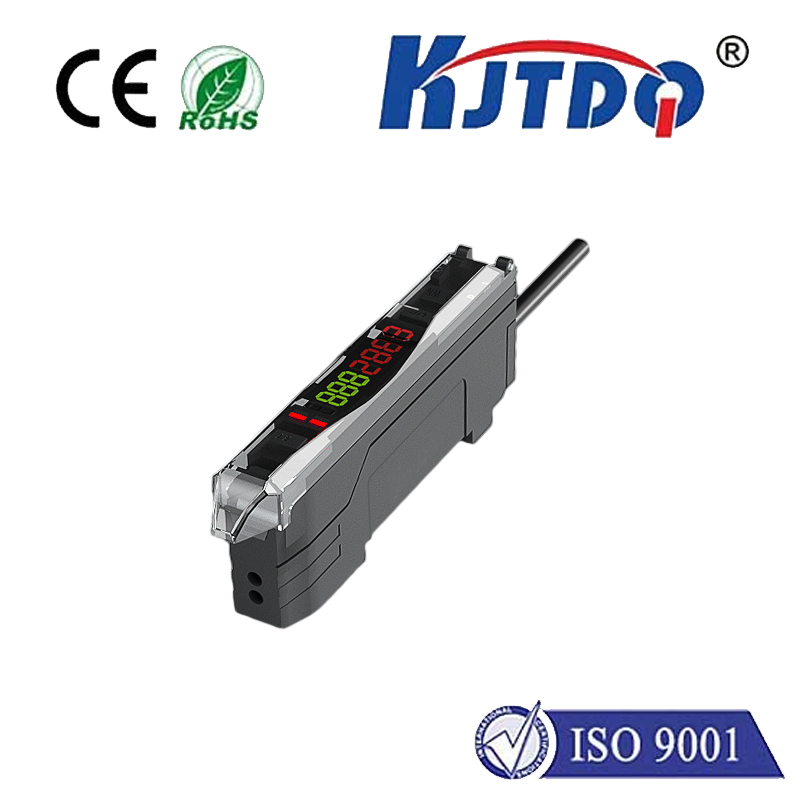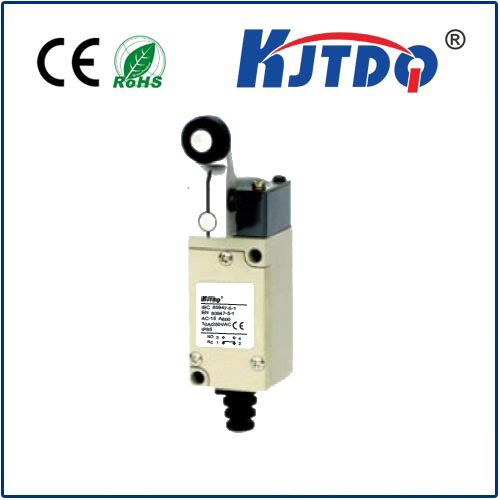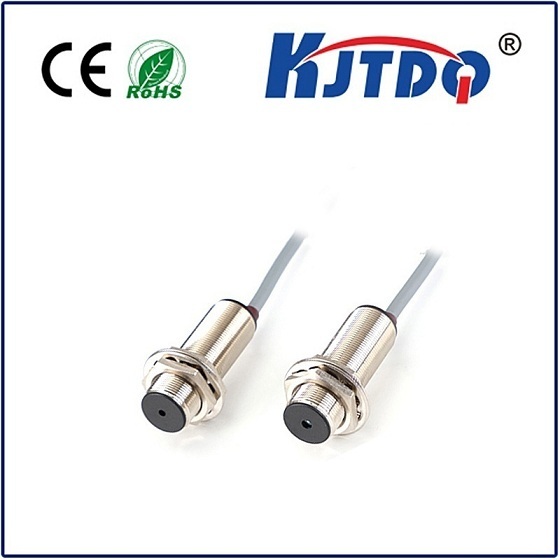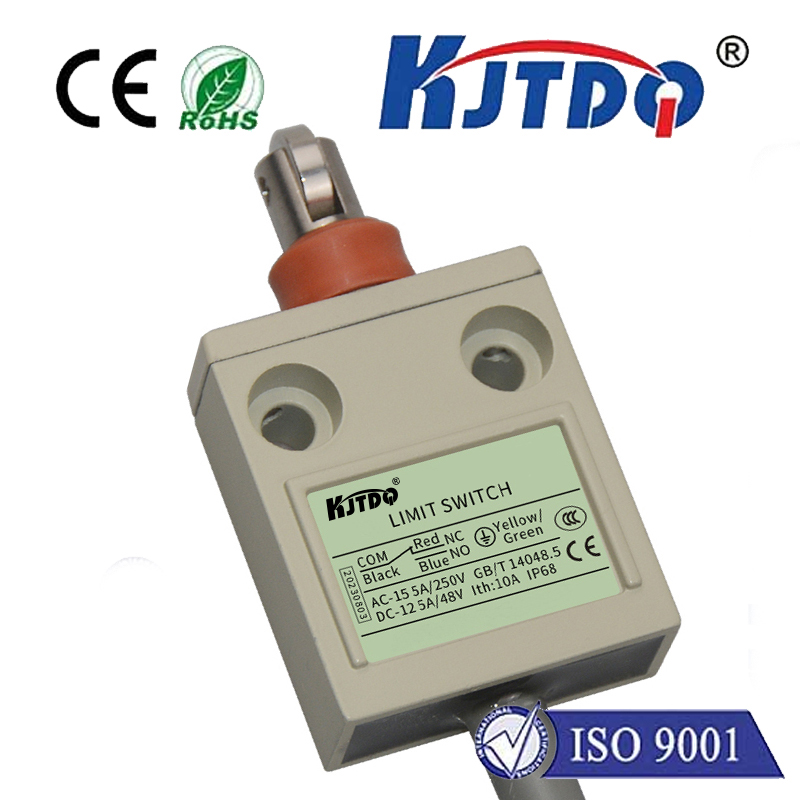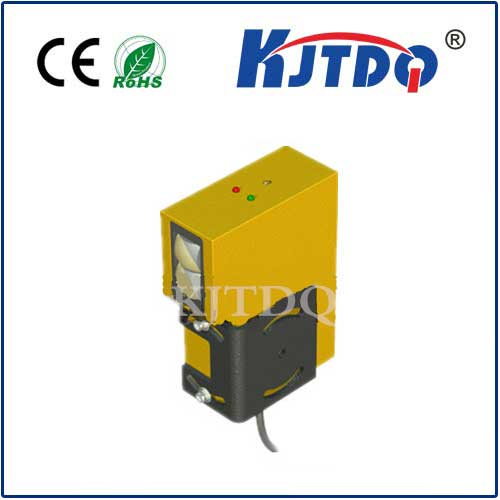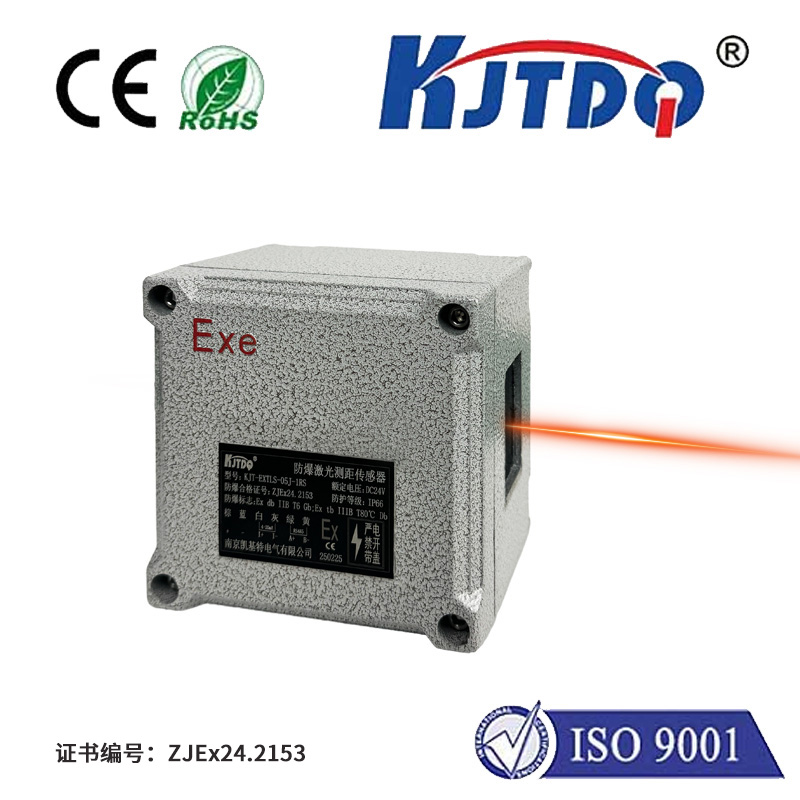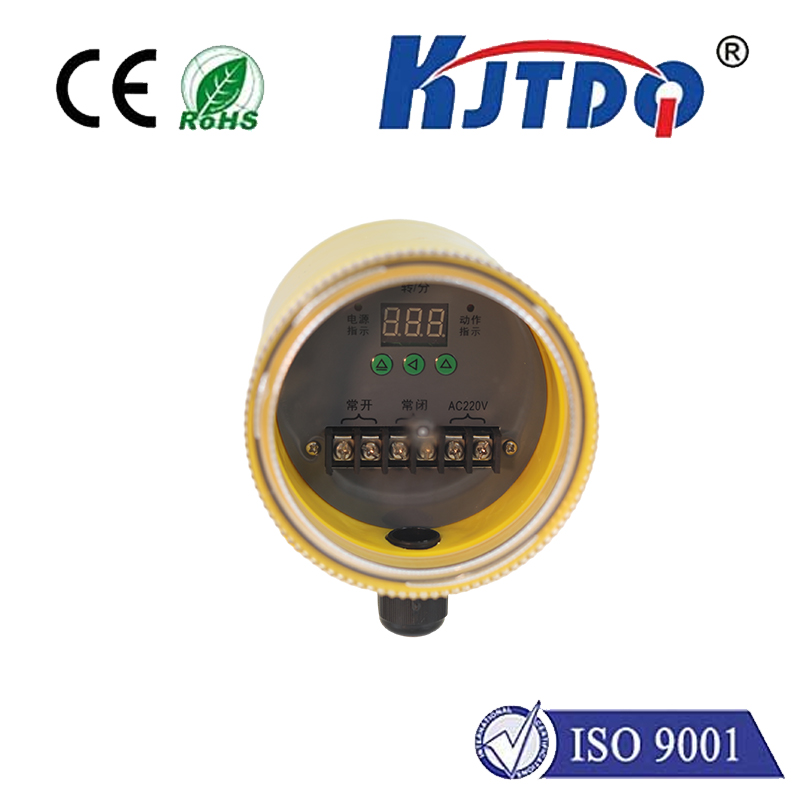датчик приближения для обнаружения металлов
- time:2025-07-15 08:41:08
- Нажмите:0
Unlocking Metal Detection: The Power of Proximity Sensors
Imagine a high-speed assembly line where a misplaced metallic tool could spell disaster—colliding with machinery, causing costly damage and unscheduled downtime. Or picture a packaging facility where even a tiny metal fragment contaminating food poses serious risks. How do industries reliably, instantly, and without physical contact, detect the presence or absence of metal objects to prevent such scenarios? The answer often lies in a deceptively simple yet incredibly powerful technology: proximity sensors specifically designed for metal detection.
While the term “proximity sensor” encompasses a broad family of devices sensing nearby objects via various principles (capacitive, ultrasonic, photoelectric), when metal detection is the primary goal, inductive proximity sensors reign supreme. These workhorses of industrial automation offer an unparalleled blend of robustness, reliability, and non-contact operation for identifying metallic targets. Unlike traditional mechanical switches, they operate silently, wear-free, and with lightning-fast response times—critical factors in modern, fast-paced production environments.
The Core Principle: Eddy Currents at Work
How does an inductive proximity sensor detect metal? It hinges on the principle of electromagnetic induction. Here’s the breakdown:
- Generating the Field: The sensor contains an oscillator circuit that generates a high-frequency alternating electromagnetic field emanating from its active face (sensing surface).
- Metal Interaction: When a conductive metal object enters this electromagnetic field, it disrupts the field lines. Crucially, the alternating field induces swirling electrical currents called eddy currents within the metal target itself.
- Energy Absorption: The formation of these eddy currents consumes energy from the sensor’s oscillator circuit.
- Signal Change Detection: A dedicated circuit within the sensor continuously monitors the energy level (or amplitude) of the oscillator. The energy loss caused by the eddy currents results in a detectable drop in oscillator amplitude.
- Output Trigger: When this amplitude drop exceeds a predefined threshold, the sensor’s internal switching circuit activates (or deactivates, depending on its configuration). This changes its output state (e.g., turning a solid-state switch ON or OFF), signaling the presence of the metal object.
This entire process happens contactlessly and almost instantaneously. The sensor doesn’t physically touch the target, eliminating friction, wear, and potential damage to delicate parts. It simply “sees” the metal through its magnetic field.
Key Advantages Driving Adoption in Metal Detection
Why are inductive proximity sensors the preferred choice for non-contact metal sensing? Their unique advantages make them indispensable:
- Exceptional Reliability & Longevity: With no moving parts to wear out, inductive sensors boast incredibly long operational lifespans, minimizing maintenance costs and downtime. They are built to withstand millions of cycles without degradation.
- Blazing-Fast Response Times: Capable of detecting targets in milliseconds, they excel in high-speed applications like counting metal parts on a conveyor or verifying the presence of components in robotic assembly.
- Robust Environmental Resistance: Engineered for harsh conditions, these sensors typically feature sealed housings (often rated IP67/IP68 or higher) protecting against dust, dirt, oil, coolants, and even high-pressure washdowns. They are largely unaffected by ambient light, moisture (unless submersible rating is exceeded), and many chemicals.
- Non-Contact Operation: Eliminates mechanical stress on both the sensor and the target object, ideal for delicate operations or dirty environments where physical contact is undesirable.
- Cost-Effectiveness: Offering high reliability and long life at a relatively competitive price point, they deliver significant return on investment.
- Variety & Versatility: Available in numerous shapes, sizes (miniature to large barrel types), connection types, output configurations (NPN/PNP, NO/NC), and sensing ranges (typically from 1mm to 60mm+), making them suitable for diverse applications.
Where Metal Detection Proximity Sensors Shine: Core Applications
The robustness and precision of inductive proximity sensors for metal detection translate into widespread adoption across numerous sectors:
- Industrial Automation & Manufacturing: The undisputed backbone. Used for position detection of machine parts (pistons, cylinders, clamps), part counting on conveyors, verifying part presence/absence in assembly jigs, end-of-travel limit sensing, and rotational speed monitoring (using gear teeth or slots on a metal disc).
- Automotive Production: Critical for verifying component installation (engine blocks, gears, bearings), monitoring robotic welders’ positions, detecting metal brackets and fittings, and controlling conveyor movement.
- Material Handling & Logistics: Detecting metal pallets, monitoring chains or belts, controlling sorting gates for metal objects, and ensuring safe door closure on machinery.
- Food & Beverage Processing: Ensuring metal detection for safety (e.g., checking for broken metal parts from machinery in food lines), monitoring stainless steel tank levels indirectly (via float magnets), and controlling filling/sealing machinery positions. Crucially, sensors used here often require specific food-grade certifications (e.g., EHEDG, FDA-compliant materials).
- Packaging Machinery: Verifying the presence of metal lids, caps, or foil seals; detecting metal machine components for position control.
- Aerospace & Heavy Machinery: Position feedback on hydraulic actuators, landing gear status, or safety interlocks on large equipment.
- Metalworking (CNC Machines, Presses): Tool breakage detection (sensing the tool holder itself), workpiece positioning, monitoring chuck jaw closure, and providing safety interlocks.
Important Considerations for Optimal Performance
To leverage the full potential of inductive proximity sensors in metal detection, understanding key factors is vital:
- Sensing Range (Sn): The nominal distance at which a standardized target (usually mild steel) is reliably detected. This range varies significantly between sensor models and target materials. It’s essential to choose a sensor with an appropriate Sn for the application.
- Target Material Influence: While designed for metal, different metals affect sensing distance differently. Ferrous metals (like iron, steel) offer the longest ranges. Non-ferrous metals (aluminum, brass, copper) have shorter ranges due to lower permeability. Stainless steel detection can be particularly challenging for some standard sensors; specific grades and specialized sensors may be needed.
- Target Size & Shape: The target metal object needs to be large enough to sufficiently interact with the sensor’s electromagnetic field. Smaller targets require the sensor to be closer. The shape also matters; flat surfaces generally provide the best detection performance compared to edges or points.
- Installation & Environment:
- Mounting: Flush-mount sensors can be embedded in metal, while non-flush sensors require a clear space around them (lateral clearance) to avoid interference from surrounding metal.
- Sensitivity Adjustment: Some sensors feature potentiometers for fine-tuning sensitivity, crucial for detecting challenging targets or rejecting background metal.
- EMI/RFI: While robust, extreme electromagnetic interference near sources like large motors or welders can impact performance. Shielded cables and proper grounding are essential mitigation strategies.
- Temperature: Ensure the sensor’s operating temperature range suits the environment. High temperatures can reduce sensing
